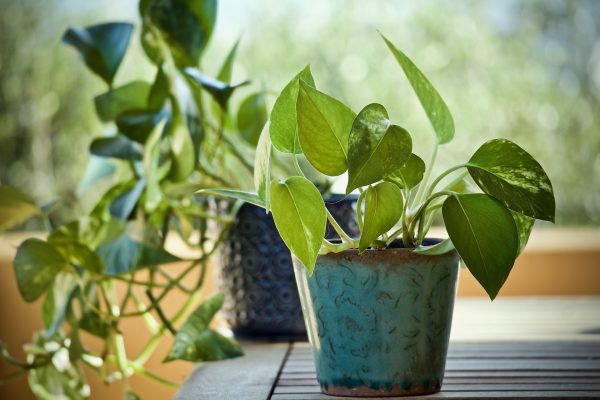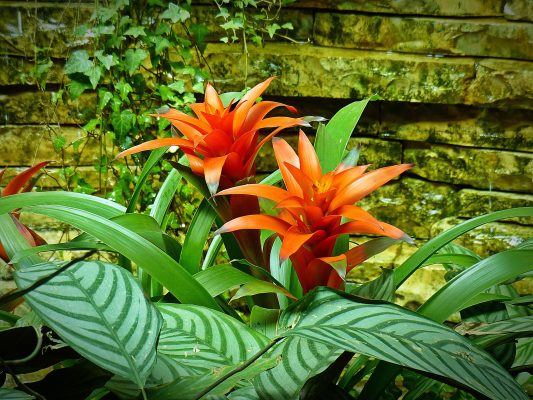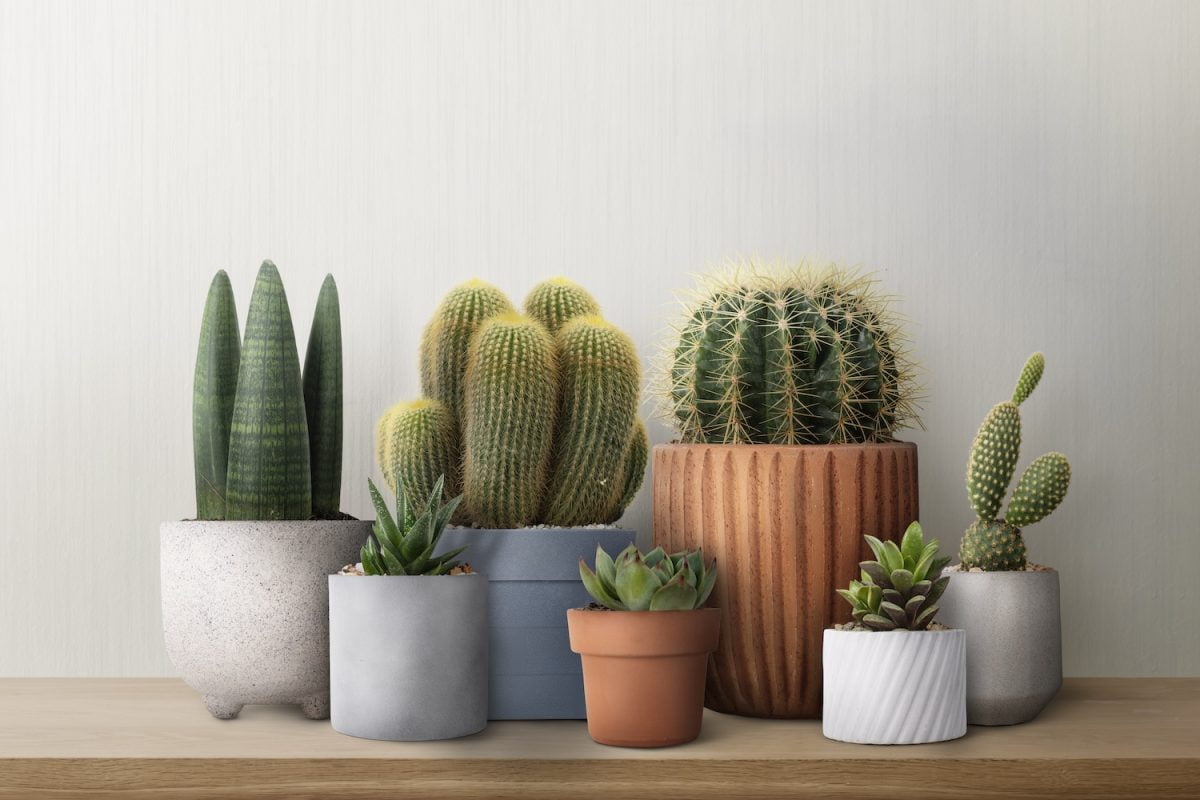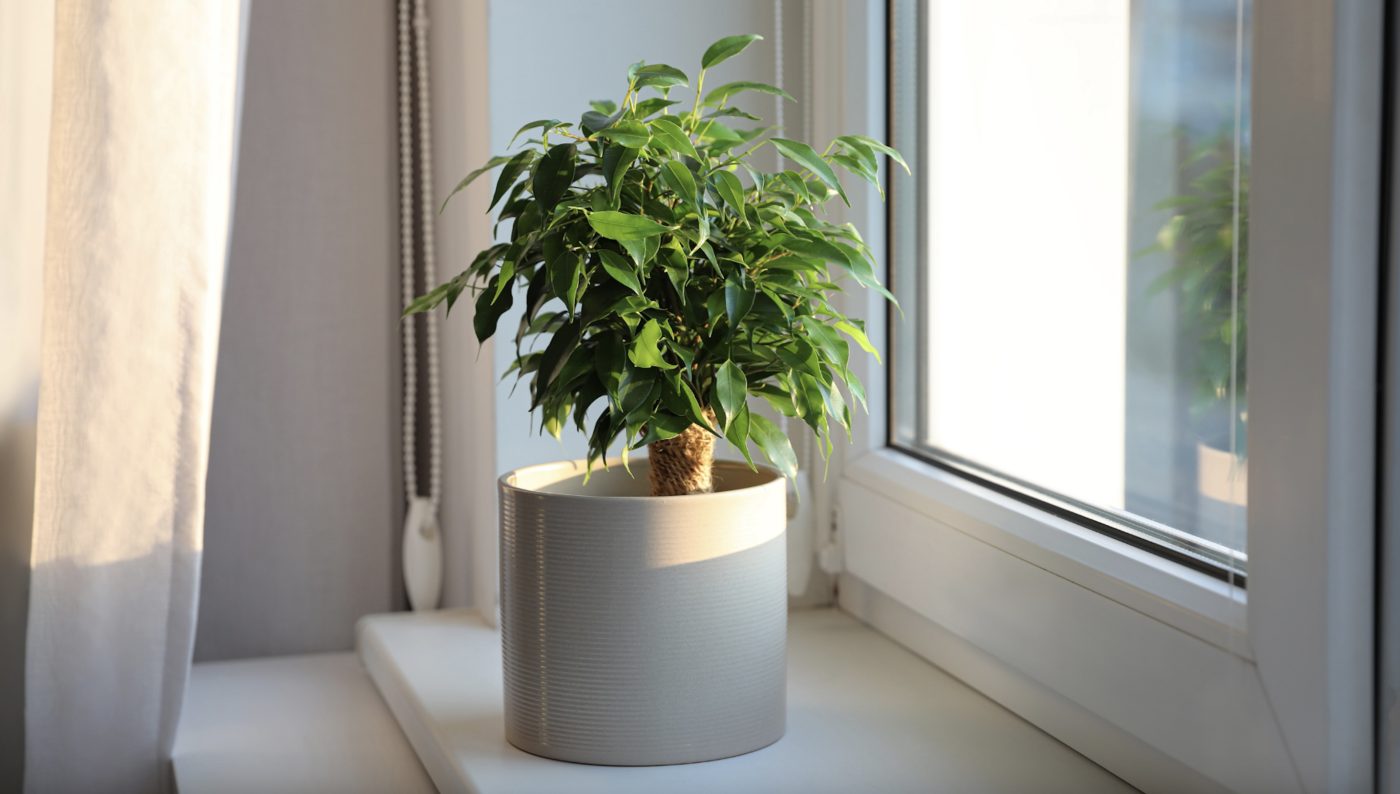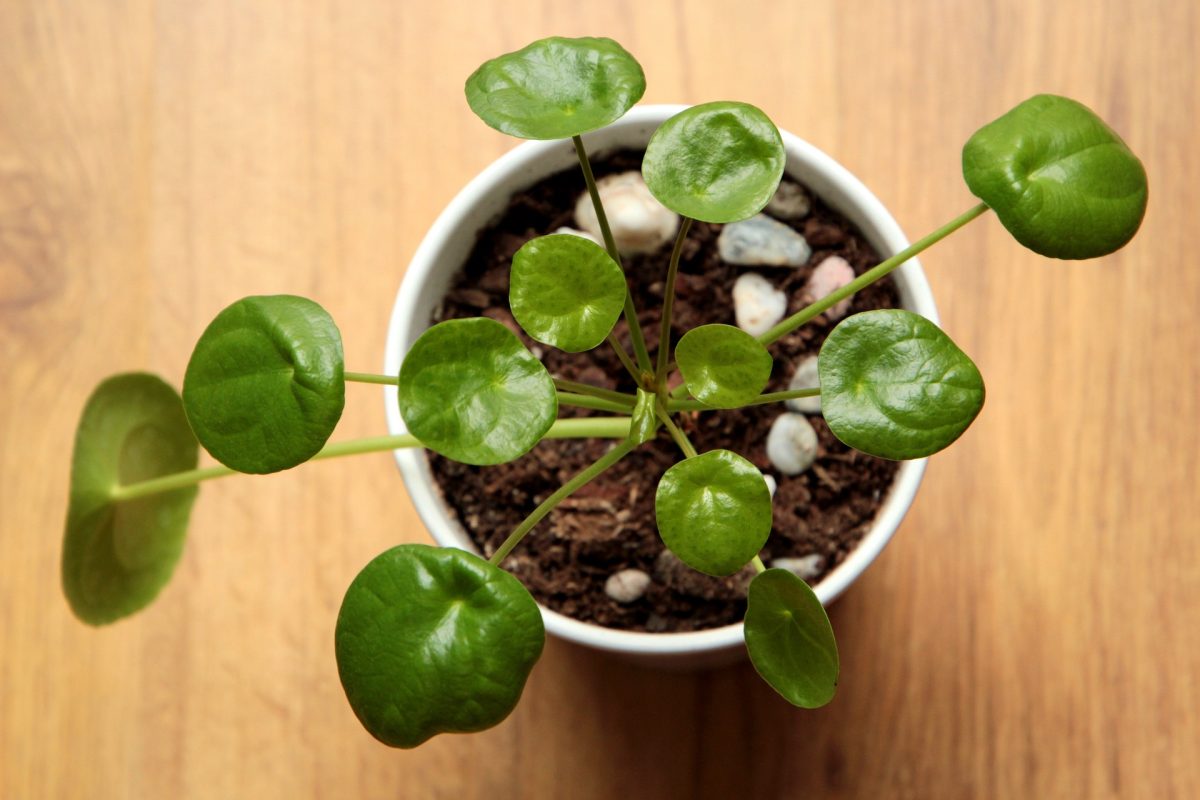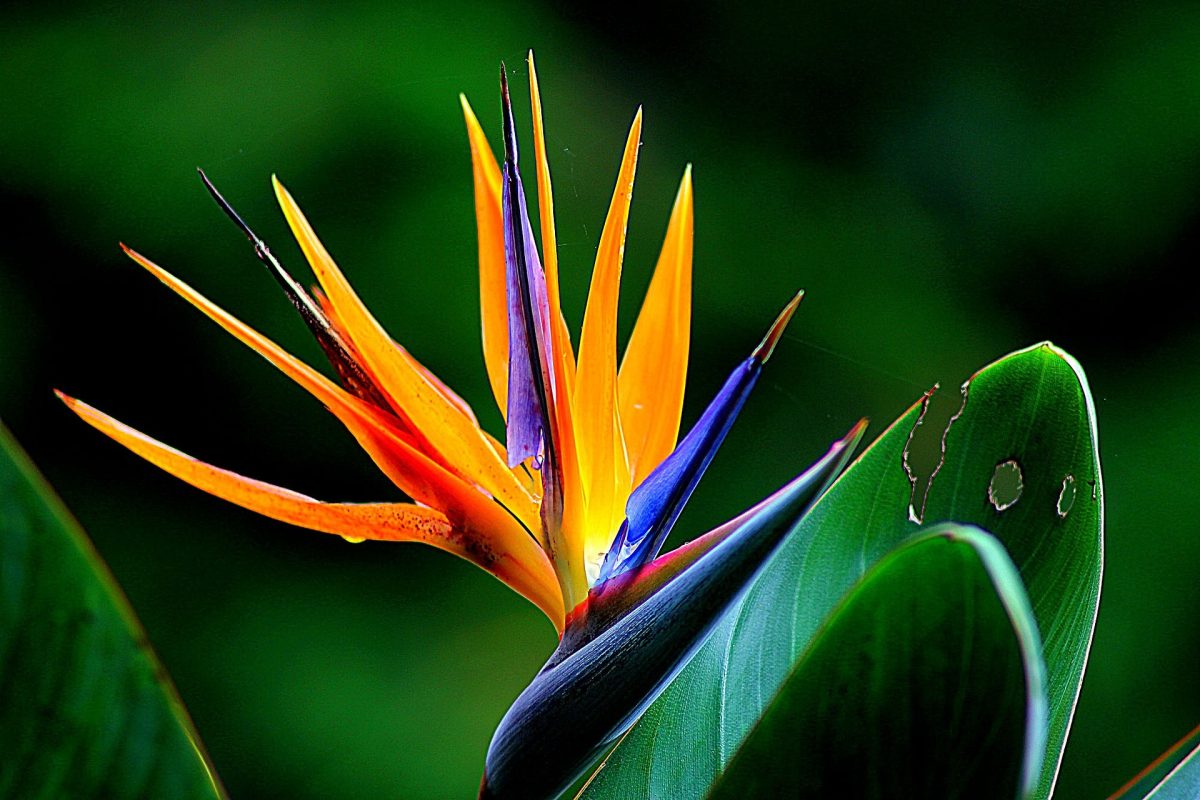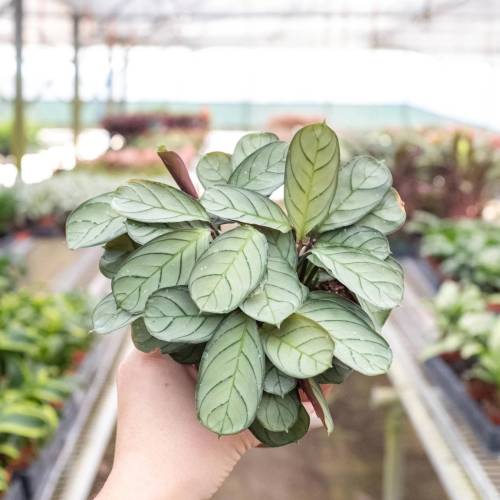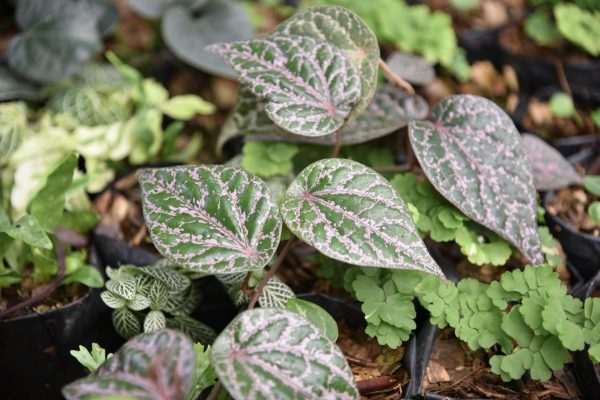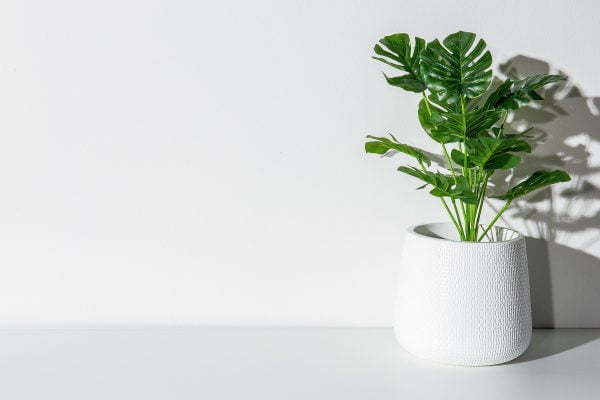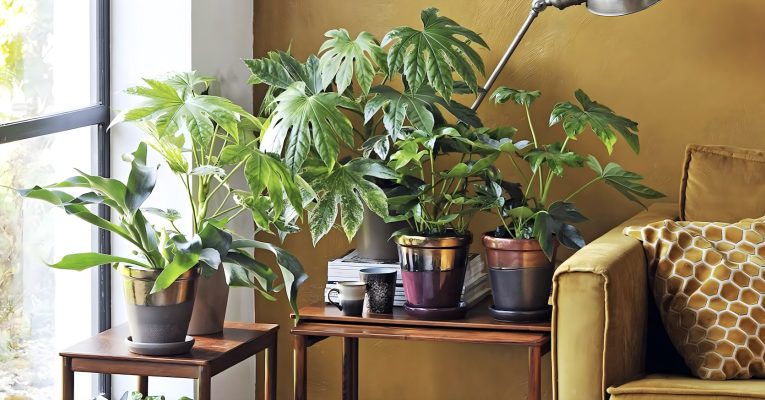Ctenanthe, a genus known for its striking foliage, showcases a mesmerizing dance of colors and patterns. This comprehensive care guide is your ticket to cultivating and appreciating these graceful dancers, adding an artistic touch to your indoor oasis.
I. Plant Overview:
- Scientific Name: Ctenanthe spp.
- Common Names: Ctenanthe, Never-Never Plant
- Origin: Native to tropical regions of Central and South America.
II. Light Requirements:
- Ideal Conditions: Bright, indirect light. Ctenanthe thrives in filtered sunlight.
- Tolerance: Adaptable to lower light conditions, but avoid prolonged exposure to direct sunlight.
III. Watering:
- Frequency: Keep the soil consistently moist, allowing the top inch to dry between waterings. Maintain higher humidity.
- Water Quality: Use room-temperature water. Ensure the soil is well-draining to prevent waterlogged conditions.
IV. Soil:
- Type: Well-draining, peat-based potting mix. A mix for tropical plants or African violets is suitable.
- pH Level: Slightly acidic to neutral (pH 6.0-7.0).
V. Temperature and Humidity:
- Temperature: Maintain a warm environment between 60-75°F (15-24°C). Avoid cold drafts.
- Humidity: Ctenanthe appreciates higher humidity levels. Regular misting or using a humidifier is beneficial.
VI. Fertilization:
- Schedule: Feed every 4-6 weeks during the growing season (spring and summer).
- Fertilizer: Use a balanced liquid fertilizer, diluted to half strength. Reduce fertilization in the dormant season.
VII. Pruning and Maintenance:
- Pruning: Trim brown or damaged leaves close to the base. Remove spent flowers if present.
- Cleaning: Wipe leaves with a damp cloth to remove dust. Keep the foliage clean for optimal visual appeal.
VIII. Repotting:
- Frequency: Repot every 1-2 years or when the plant outgrows its container.
- Procedure: Gently lift the plant, inspect roots, and repot in fresh soil. Choose a container with drainage holes.
IX. Common Issues and Solutions:
- Leaf Curling: Usually a response to dry air. Increase humidity and ensure consistent watering.
- Brown Leaf Edges: Dry air or over-fertilization. Maintain humidity and adjust fertilization practices.
- Yellowing Leaves: Overwatering or underwatering. Adjust watering habits accordingly.
X. Propagation:
- Method: Division or stem cuttings.
- Timing: Spring or early summer.
- Process: Gently divide the plant at the roots or take a cutting with at least two nodes. Plant in fresh soil and provide appropriate care.
Ctenanthe, with its intricate foliage, adds a touch of artistry to indoor spaces. This guide empowers you to nurture these graceful dancers, ensuring they thrive and showcase their mesmerizing patterns in your home. Happy gardening!
our recommendation
you may also want to know







